Prateek Goel
Explanation Container in Case-Based Biomedical Question-Answering
Dec 22, 2021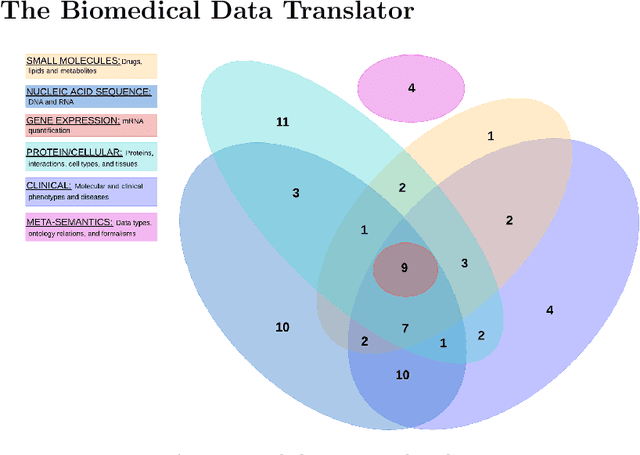
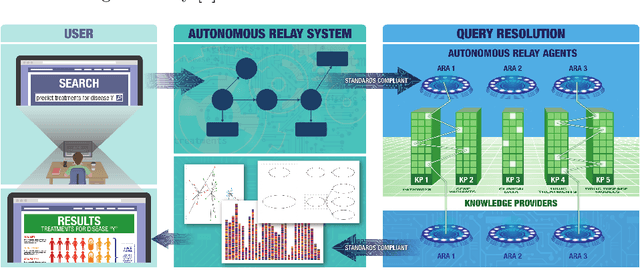
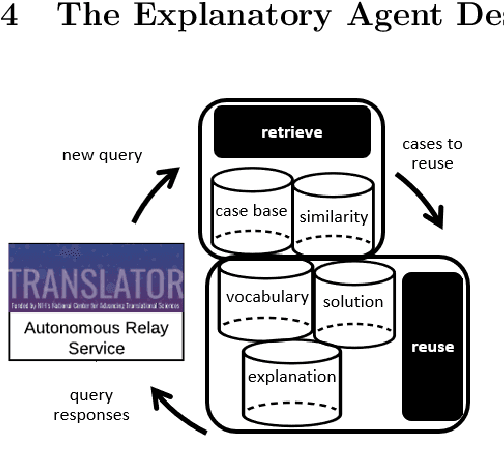
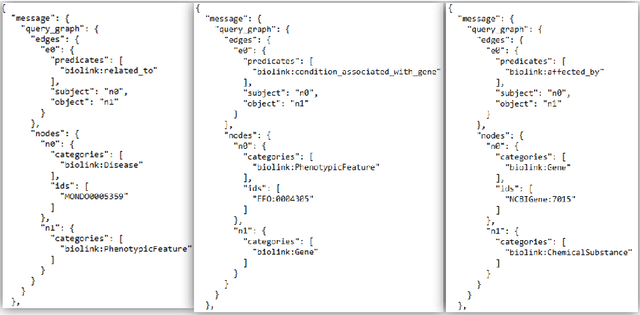
Abstract:The National Center for Advancing Translational Sciences(NCATS) Biomedical Data Translator (Translator) aims to attenuate problems faced by translational scientists. Translator is a multi-agent architecture consisting of six autonomous relay agents (ARAs) and eight knowledge providers (KPs). In this paper, we present the design of the Explanatory Agent (xARA), a case-based ARA that answers biomedical queries by accessing multiple KPs, ranking results, and explaining the ranking of results. The Explanatory Agent is designed with five knowledge containers that include the four original knowledge containers and one additional container for explanation - the Explanation Container. The Explanation Container is case-based and designed with its own knowledge containers.
Longitudinal Distance: Towards Accountable Instance Attribution
Aug 23, 2021

Abstract:Previous research in interpretable machine learning (IML) and explainable artificial intelligence (XAI) can be broadly categorized as either focusing on seeking interpretability in the agent's model (i.e., IML) or focusing on the context of the user in addition to the model (i.e., XAI). The former can be categorized as feature or instance attribution. Example- or sample-based methods such as those using or inspired by case-based reasoning (CBR) rely on various approaches to select instances that are not necessarily attributing instances responsible for an agent's decision. Furthermore, existing approaches have focused on interpretability and explainability but fall short when it comes to accountability. Inspired in case-based reasoning principles, this paper introduces a pseudo-metric we call Longitudinal distance and its use to attribute instances to a neural network agent's decision that can be potentially used to build accountable CBR agents.
Data Representing Ground-Truth Explanations to Evaluate XAI Methods
Nov 18, 2020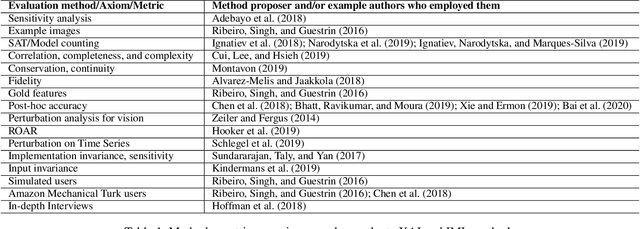
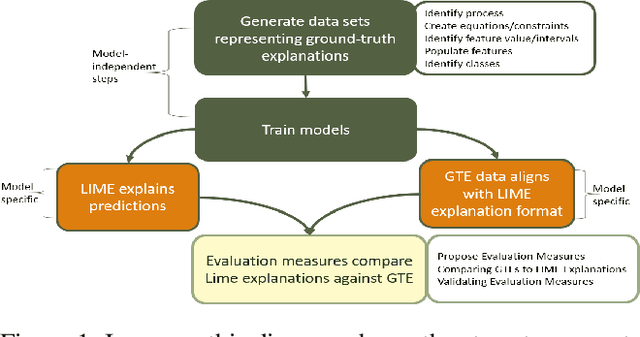
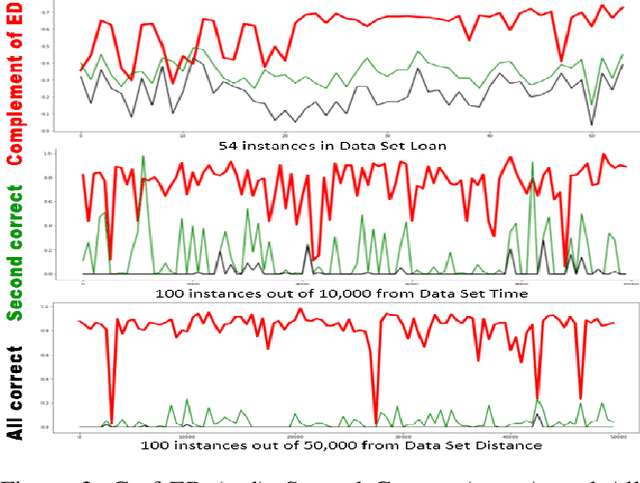

Abstract:Explainable artificial intelligence (XAI) methods are currently evaluated with approaches mostly originated in interpretable machine learning (IML) research that focus on understanding models such as comparison against existing attribution approaches, sensitivity analyses, gold set of features, axioms, or through demonstration of images. There are problems with these methods such as that they do not indicate where current XAI approaches fail to guide investigations towards consistent progress of the field. They do not measure accuracy in support of accountable decisions, and it is practically impossible to determine whether one XAI method is better than the other or what the weaknesses of existing models are, leaving researchers without guidance on which research questions will advance the field. Other fields usually utilize ground-truth data and create benchmarks. Data representing ground-truth explanations is not typically used in XAI or IML. One reason is that explanations are subjective, in the sense that an explanation that satisfies one user may not satisfy another. To overcome these problems, we propose to represent explanations with canonical equations that can be used to evaluate the accuracy of XAI methods. The contributions of this paper include a methodology to create synthetic data representing ground-truth explanations, three data sets, an evaluation of LIME using these data sets, and a preliminary analysis of the challenges and potential benefits in using these data to evaluate existing XAI approaches. Evaluation methods based on human-centric studies are outside the scope of this paper.
 Add to Chrome
Add to Chrome Add to Firefox
Add to Firefox Add to Edge
Add to Edge